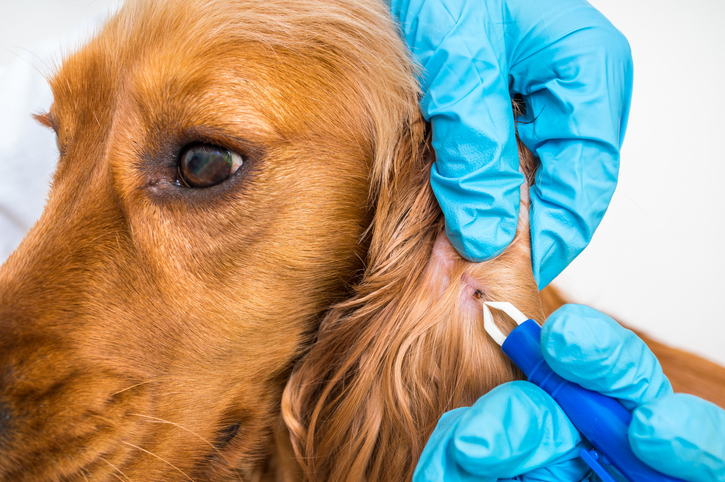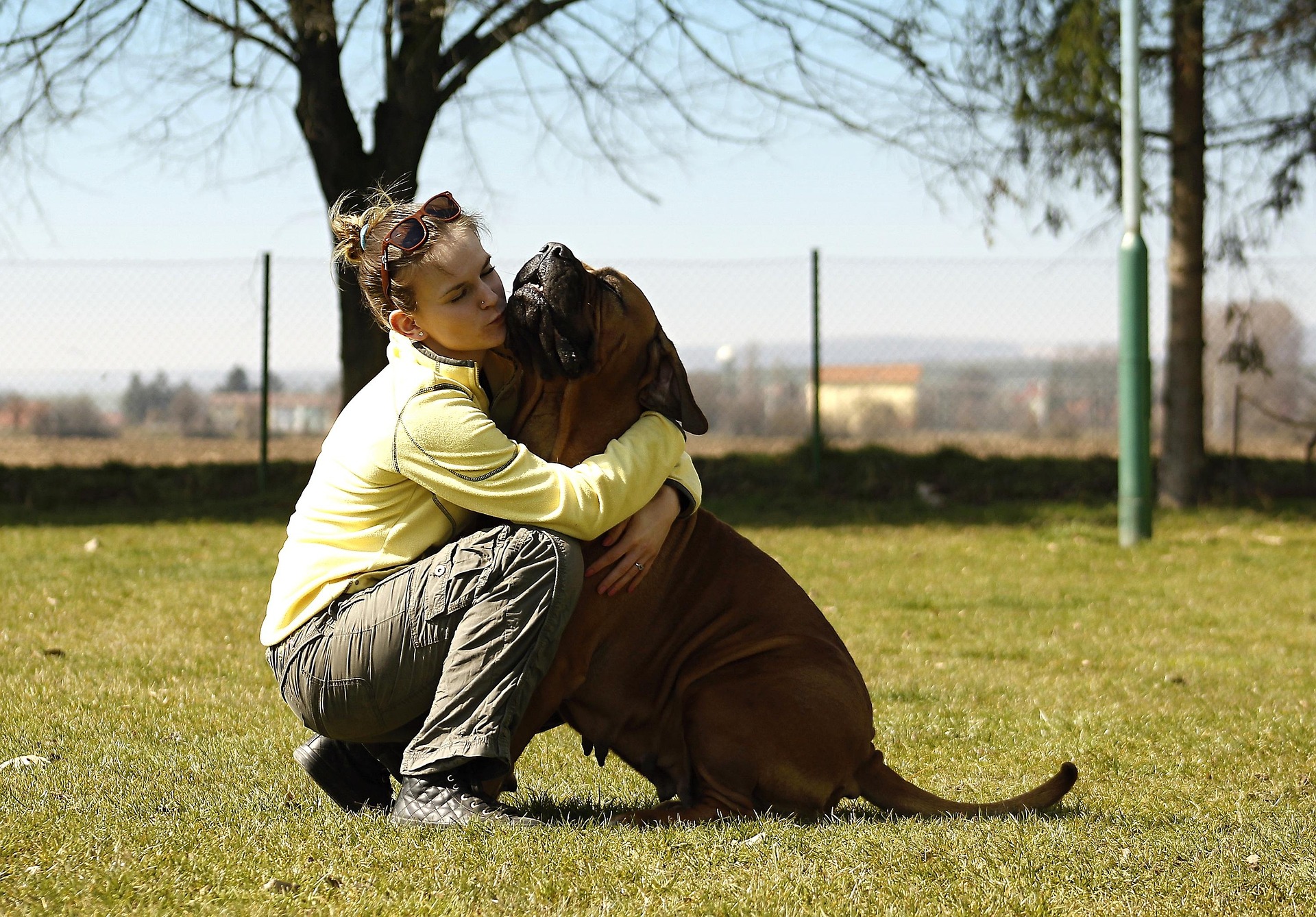As a dog owner, you naturally want to take every step possible to ensure the health, safety, and happiness of your furry friend. You walk them daily, invest in healthy food, and spoil them with new treats and toys. Likewise, it’s important that you remain informed and updated on the facts of healthcare for dogs, including understanding the causes, symptoms, and treatments for some of the most common health concerns that dogs face.
Of the many illnesses that can affect dogs, few are as well known as canine influenza, also called CI or dog flu. Take a look at the key facts so you know and better understand this illness, including the causes, symptoms, risk factors, and treatment options.
The Basics of Canine Influenza
CI is a type of highly contagious viral infection which can infect dogs as well as cats. There are two strains of CI which have been identified in North America. They’re known as H3N8 and H3N2.
Though not everything is known about these two strains, we do know a few things. H3N8 influenza is believed to have originated in 2004, while H3N2 is a newer strain that was first discovered in 2015. We also know that both strains of the virus mutated at some point, a change which allowed them to infect dogs and also be transmitted from dog to dog.
There is no evidence that either known strain of CI can infect humans.
How is CI Transmitted?
Canine influenza is transmitted through droplets and aerosols, such as those emitted when a dog breathes, barks, coughs, or sneezes. While transmission is less likely in larger, ventilated spaces, it’s very easily transmitted when dogs are kept close together, such as in kennels, grooming facilities, shelters, and daycares.
In addition to spreading from dog to dog, CI can also spread indirectly. This is because the virus can remain alive and ready to infect for up to 48 hours on surfaces and for up to 12 hours on clothing. For example, if a dog infected with CI was in a crate which was then used for another dog without being sanitized, the second dog may catch the illness indirectly.
The same goes for people. Even though we humans can’t contract CI ourselves, we can still pass on the illness if we are in close contact with multiple dogs without proper sanitization.
Dogs with CI are most contagious during the incubation period of the illness, where they will show little or no symptoms, yet will still be shedding the virus to others around them. This period can last anywhere from 1-5 days, with symptoms appearing somewhere between day 2 and day 8. Virtually all dogs that have been exposed to CI will become infected, and about 80% will show symptoms of the virus. The other 20% may not have symptoms, but are still capable of spreading CI to other animals.
There are a few key practices in place to help prevent and contain the spread of CI. These include:
- Regular disinfection of crates, kennels, and other places dogs are kept
- Regular handwashing
- Isolation of dogs that are known to be sick with CI
- Changing and cleaning of clothing when interacting with multiple dogs
Effects, Signs, and Symptoms of Canine Influenza
Left untreated, canine influenza can have major poor health effects on the respiratory tract. These can include:
- Rhinitis (nasal congestion, itchy/runny nose, sneezing)
- Tracheitis (a bacterial infection of the windpipe)
- Bronchitis (an infection of the lung’s main airways)
- Bronchiolitis (an infection of the lung’s small airways)
Because of the many shared symptoms, canine influenza may be mistaken for canine infectious tracheobronchitis, also known as kennel cough. Since CI is a viral infection that can’t be truly cured, and instead must run its course through the body.
For most dogs, the symptoms of CI are relatively mild. Common symptoms include:
- Persistent cough lasting 10-21 days—may be soft/moist or more dry
- Discharge from the nose and/or eyes
- Sneezing
- Lethargy and fatigue
- Anorexia
- Purulent discharge (green or yellow) from the nose
- A low-grade fever of 39-40ºC
In some cases, dogs might exhibit more severe symptoms. These might include:
- Clinical signs of pneumonia
- A high-grade fever of 40-42ºC
- Increased respiratory rate
- Laboured breathing
- Consolidation of lung lobes as revealed on chest x-rays
Testing, Treatment Recommendations, and Prevention of Canine Influenza
Because CI shares many symptoms with other illnesses affecting dogs, it can’t be diagnosed solely through its symptoms. Rather, vets will administer various tests to get a positive diagnosis of canine influenza.
Your veterinarian will be able to provide recommendations for treatment if your dog tests positive for CI. Factors like your dog’s age, breed, and health history can all impact the best course of action that your vet ultimately recommends. In general, however, you can expect treatment for CI to be mainly supportive, ensuring your dog is comfortable, has their immune system supported, and is protected from secondary infections. This can mean changes to diet and exercise, antimicrobial and anti-inflammatory prescriptions, and fluids to correct or maintain hydration.
Canine influenza is just one of the many concerns you should understand and prepare for in order to look after your dog. By working in tandem with your veterinarian before any of the above signs take place, you’ll have that extra support system for your furry family member, ensuring they continue living a healthy, happy life.
Creative Commons Attribution: Permission is granted to repost this article in its entirety with credit to Hastings Veterinary Hospital and a clickable link back to this page.






